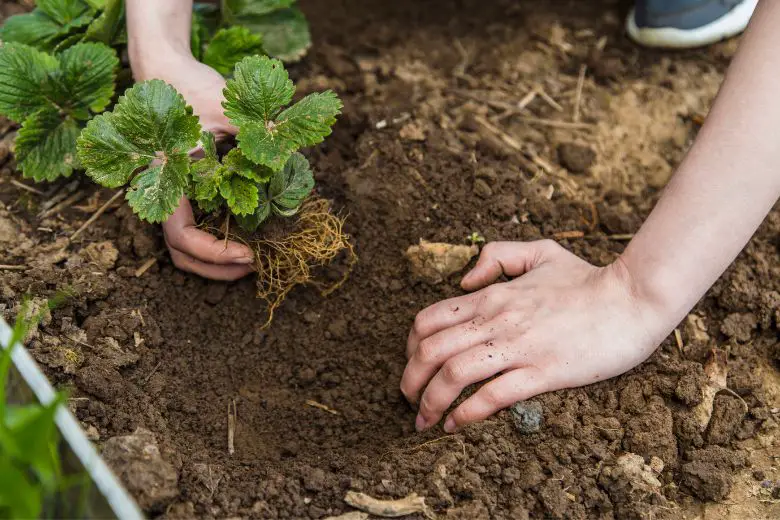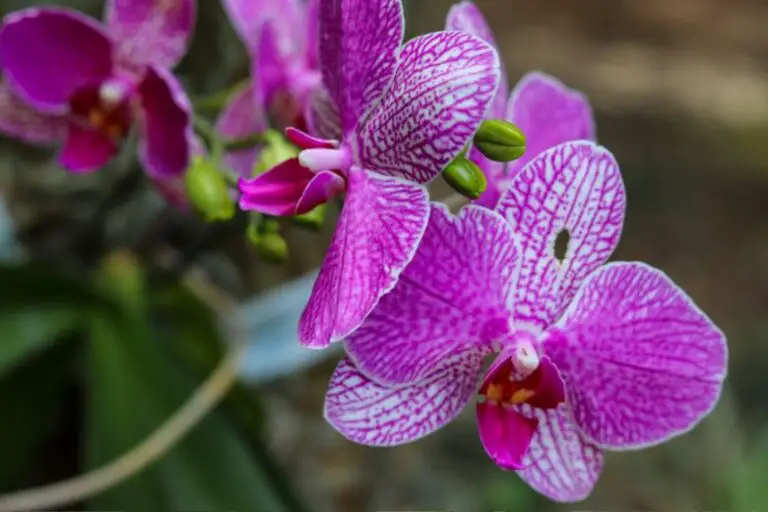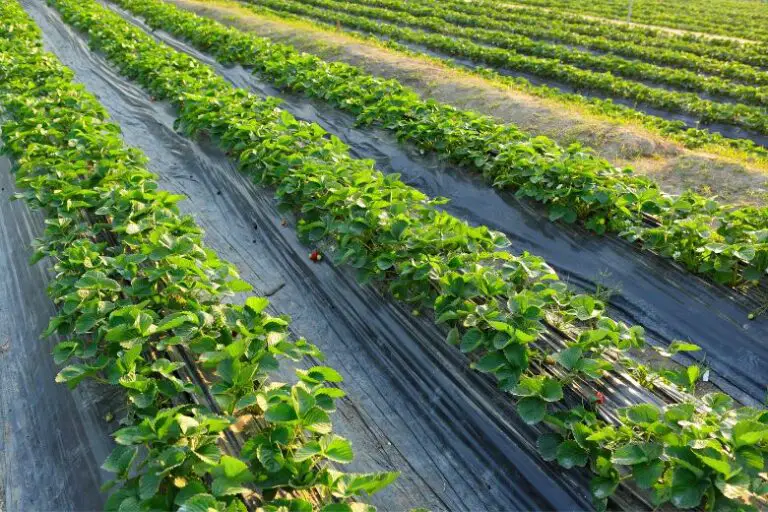When to Plant Strawberries in Georgia
If you’re a gardening enthusiast in Georgia, the thought of growing your own sweet and succulent strawberries must have crossed your mind. The good news is that with proper planning and a bit of effort, you can enjoy a homegrown harvest that’s second to none.
Understanding Georgia’s Climate
Before diving into planting, it’s essential to understand Georgia’s climate. The state experiences a humid subtropical climate, characterized by hot and humid summers and mild winters. This climate provides an ideal environment for growing strawberries, as they thrive in cooler temperatures but need sunlight for optimal growth.
Choosing the Right Strawberry Variety
The success of your strawberry-growing venture depends on selecting the right variety. Popular choices for Georgia include ‘Chandler’, known for its large and flavorful berries, and ‘Sweet Charlie’, a reliable early-season producer. Make sure to choose disease-resistant varieties suited for the local climate.
Preparing the Soil
Strawberries thrive in well-drained, slightly acidic soil rich in organic matter. Before planting, amend your soil with compost and ensure proper drainage. Raised beds can be a great option for providing optimal drainage, especially during heavy rains.
Best Planting Time for Strawberries
In Georgia, the prime time for planting strawberries is in the fall. This allows the plants to establish their roots before winter and ensures early spring harvests. Aim to plant your strawberries between late September and early November.
Planting Techniques
When planting, ensure your strawberry crowns are above the soil surface. Space the plants adequately to allow proper air circulation and minimize disease risks. Planting in rows with sufficient spacing will make maintenance and harvesting easier.
Caring for Your Strawberry Plants
Regular watering is crucial, especially during dry spells. Applying mulch around the plants helps retain moisture and suppress weeds. Fertilize your strawberries after they’re established and avoid over-fertilization, which can lead to excess foliage growth.
Dealing with Common Challenges
Strawberries in Georgia may face challenges like fungal diseases and pests. Proper spacing, good air circulation, and removing any infected leaves can help prevent diseases. Introduce natural predators like ladybugs to control common pests.
Mulching and Watering
Applying a layer of straw or pine needles around your plants helps maintain soil moisture and prevents weed growth. Be consistent with your watering, providing around 1 to 1.5 inches of water per week during the growing season.
Fertilization Tips
Fertilize your strawberry plants with a balanced fertilizer in early spring and again after the first harvest. Follow the package instructions for application rates. Avoid high-nitrogen fertilizers, as they can result in excessive foliage growth at the expense of fruit production.
Pruning Strategies
Regularly remove runners (long stems that grow from the mother plant) to redirect the plant’s energy toward fruit production. After the growing season, trim leaves and remove any damaged or diseased foliage to ensure a healthier plant in the next season.
Protecting Against Pests
Common pests that can affect Georgia strawberries include aphids, slugs, and birds. Use physical barriers like netting to keep birds away, and encourage natural predators to control aphid and slug populations.
Harvesting Your Strawberries
Strawberries are ready for harvest when they’re fully red and firm. Gently twist or cut the stem to avoid damaging the plant. Remember, freshly picked strawberries taste the best!
Enjoying the Fruits of Your Labor
Congratulations! Your patience and care have paid off. Enjoy your homegrown strawberries in various ways, from fresh eating to making jams, pies, and smoothies. There’s nothing quite like the taste of a strawberry you’ve nurtured from the ground up.
Conclusion
Planting strawberries in Georgia can be a delightful and fruitful experience, both figuratively and literally. With the right timing, variety selection, and proper care, you can savor the sweetness of your homegrown berries. So, roll up your sleeves, get your hands in the soil, and embark on this rewarding journey of strawberry cultivation.






